
This concise information about the cause of epilepsy, diagnosis and treatment is from a handout that I give to my clinic patients.
I hope it helps you.
You can download the original PDF by clicking here: [Epilepsy Patient Information Handout]. Its free for use and distribution.
For more extensive information, you can read the complete Epilepsy Patient Guide.
What does Electricity Do Inside the Brain?
Table of Contents
ToggleEach part of our brain communicates with other parts using electric currents.
These electric currents are strictly regulated.
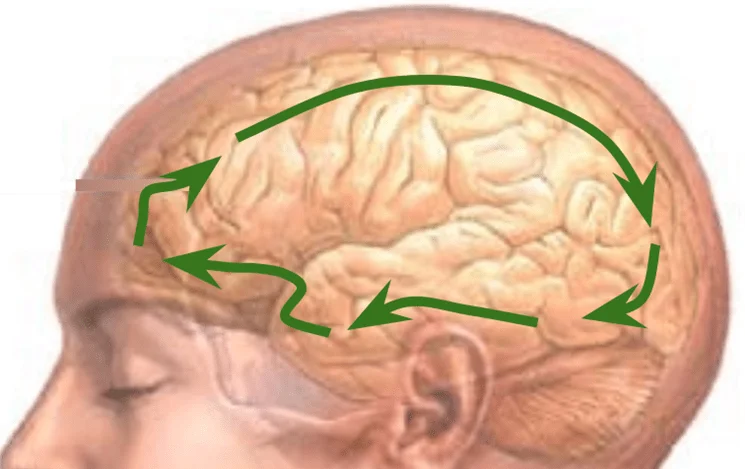
For example, when you want to move a small current is sent to the brain area that controls the hand.
So, your hand only moves when you want it to move.
What is A Seizure?
Sometimes, a small part of the brain starts producing too much electric current.
When there is too much electric current, abnormal things start happening.
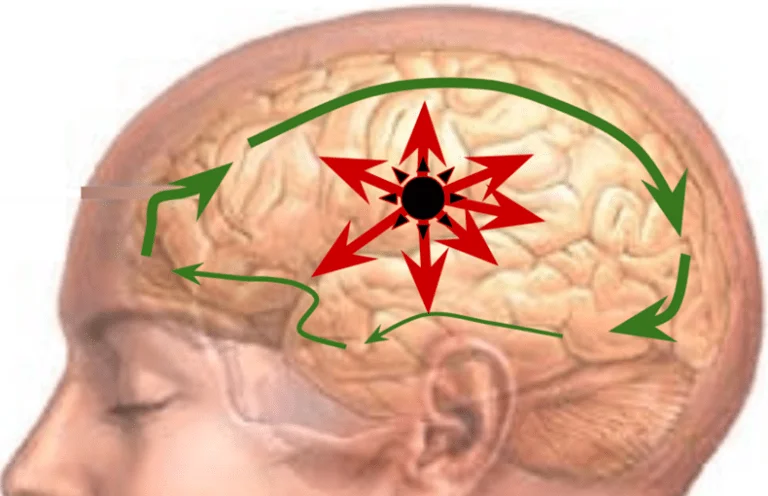
For example, your hand may start shaking without reason. Or you may become unresponsive. This is a “small seizure”.
Later, this abnormal current can spread. It can involve the entire brain.
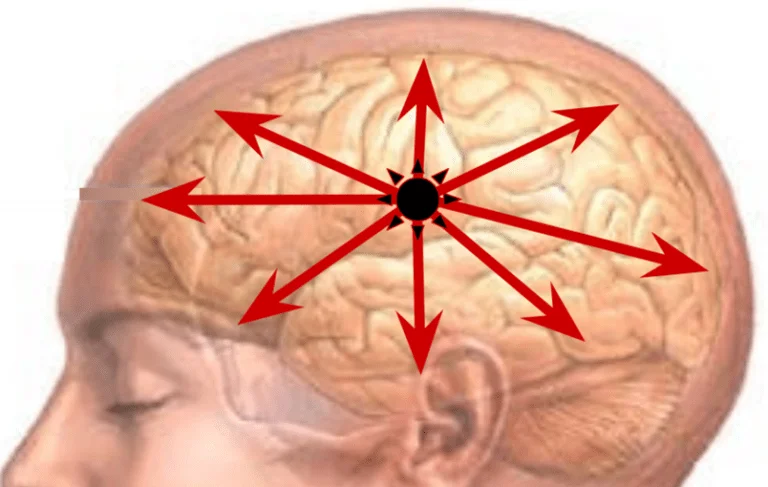
At this stage the entire body starts shaking violently. This is a “Big seizure”.
What should I do if someone has a seizure?
The most important thing is to avoid injury.

- Be calm
- Move hard furniture away from the person.
- Prevent the head from hitting the ground.
- Turn the person to one side. If he/she vomits, the vomit should fall to the ground.
- Do not put anything inside the mouth. It can go into the lungs.
- Wait. The seizure should get over in 1-2 minutes. After the seizure is completely over, clean the mouth with your finger.
- Wait for the patient to wake up. Do not give any water or food until completely awake.
What is a Seizure called in India?
A seizure has many different names:
- आकड़ी–Akdi (Marathi)
- ऐपिलेप्सी– Mirgi (Hindi)
- ખેંચ – Khench (Gujurati)
- फिट – Fit (Many languages)
What is Epilepsy?
A seizure is one event.
If the person has a tendency to have seizures again and again, then he is said to have Epilepsy.
So, you can say that “A person with Epilepsy has Seizures”. There is no matching word for “Epilepsy” in the Indian languages.
When can you say That Someone has Epilepsy?
The first way is very simple to understand.
If a person actually has seizures again and again, then he has Epilepsy (a tendency to have seizures).
Which tests can be used to TEST if a person has Epilepsy?
Two tests are commonly done:
- MRI – This can show abnormal spots in the brain.
A “3 Tesla (3T)” MRI can show very small abnormalities. But even a 3T MRI does not show very minute abnormalities. This means the abnormal parts are too small to be seen even with the best MRI.
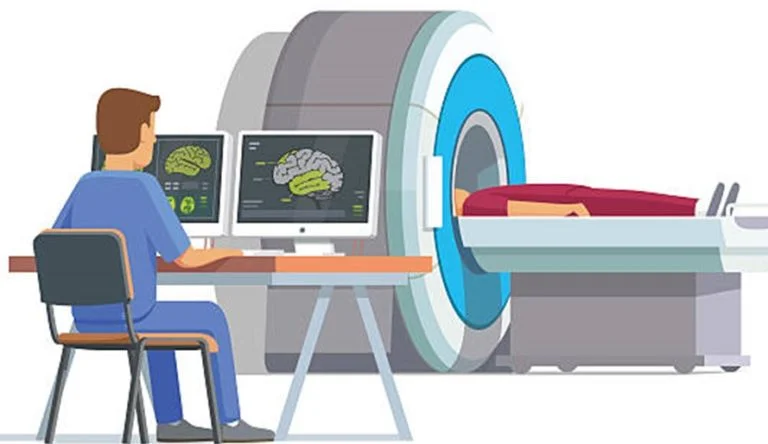
-
EEG – This can show electrical sparks.
If the electrical sparks only occur sometimes, the EEG may be normal. Long EEGs can detect sparks more easily.
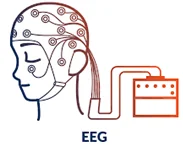
I may ask you to do a very long EEG (4 hours) & sleep less before the test (4 hours only) so that we are able to detect sparks.
If the MRI or EEG are abnormal, there is a chance the patient may have more seizures (Epilepsy).
Why is the MRI & EEG sometimes normal?
If the MRI is normal, its actually good news! It means the abnormality is so small that it is not seen on the MRI.
7 Tesla (7T) MRIs in the USA may be able to show even smaller abnormalities.
Even long EEGs may not detect sparks that occur very rarely. Also, an EEG cannot detect sparks that occur deep inside the brain.
What is EEG Monitoring?
EEG Monitoring is an EEG that is done for 1 or more days.
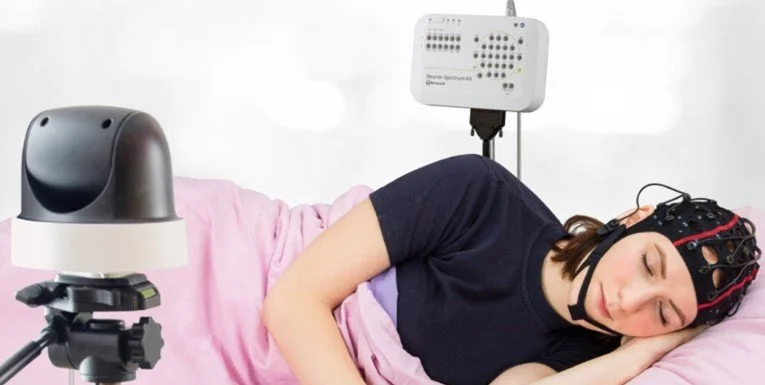
Usually it is done in a hospital, so that a video recording and ECG can be done as well.
Not all patients need EEG monitoring. But in some patients it is very helpful:
- EEG monitoring can find a different reason for your attacks such as excessive stress or heart problems.
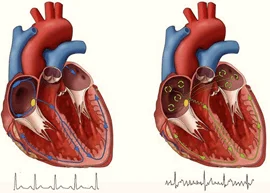
- It determines the kind of seizures you have (e.g. focal versus generalized), so that the correct medications can be selected.

- EEG monitoring quantifies seizure activity. For example, if you (or your child’s) EEG is very active at night, steroids may need to be given to prevent brain damage.
- It identifies the bad part of the brain. If medications are not effective, this bad part can be removed (Epilepsy Surgery).
Can Medications Control Seizures?
There are more than 30 anti-seizure medications.
Your symptoms, life-style, the MRI and EEG help us to choose the right medications.
Sometimes, EEG monitoring may be needed to choose the right medications.
After the right medications are given, about 70-80% of patients stop having seizures.
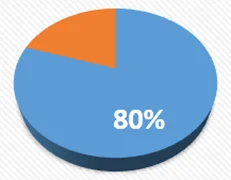
Is there a Medication that cures Epilepsy Permanently?
There is no medication that cures Epilepsy permanently. But don’t be disappointed.
I wear spectacles. I cannot see clearly without them! I didn’t like them at first but now I am not disturbed by my need to wear spectacles.

Many patients need daily medications for high cholesterol or high blood pressure. They are not disturbed by the need to take medications.
In the same way, most people with epilepsy feel better when they take their medications.
Perhaps, it would help you to think of them as spectacles or routine tablets. Epilepsy or the tablets are not your life.
Your life is much more wonderful than Epilepsy!
Can the brain learn to control itself and stop having seizures?
Sometimes, the brain heals itself. It stops having seizures.
We don’t know why this happens.
The chances of this happening depends on the type of Epilepsy.
For example, patients with a kind of epilepsy called JME frequently need long-term medications.

This “self-healing” is more likely to happen for other epilepsies such as Focal Epilepsy.
Therefore, if you have focal epilepsy AND have absolutely no seizures for 3 years, your doctor may advise reducing or stopping medications.

50% of patients with Focal Epilepsy do not have seizures after this point.
The chances of “self-healing” is very high for Epilepsy types such as Childhood Absence.
What if seizures are not controlled with medications?
20% to 30% of patients may have keep having seizures even after taking medications.
It is important to confirm 2 things here:
- There is no other cause for the events – such as heart problems.
- The correct medications for the type of epilepsy & the correct dose is being given.
If the patient continues to have seizures, Epilepsy surgery should be considered.
What is “Resective” Epilepsy Surgery?
Resective epilepsy surgery is removing the part of the brain that is causing seizures.
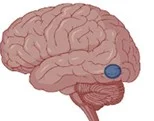
The chances of seizure-freedom after this surgery can be as high as 70%.
What is Vagus Nerve Stimulation (VNS)?
A Vagus Nerve Stimulator (VNS) is a device that provides modulation currents to the brain, through a nerve below the skin.
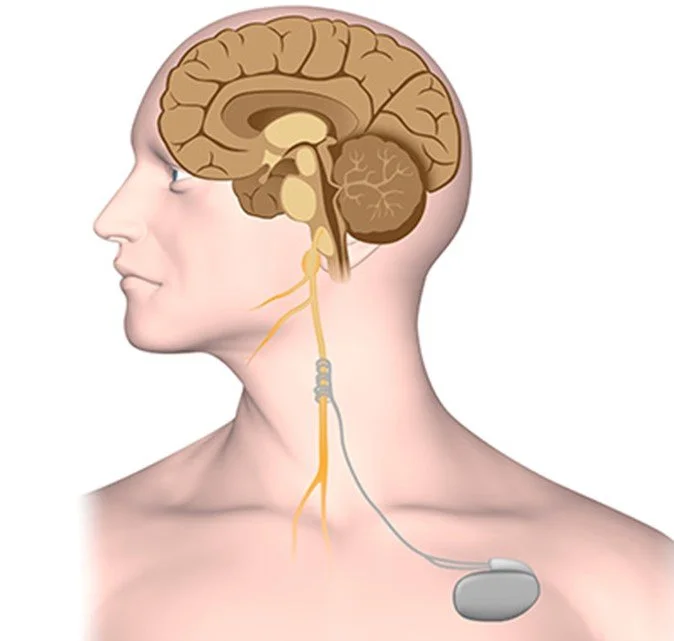
The surgery is minor. Effectiveness is modest. VNS decreases seizures by about 50%.
What other options are available?
There are many other options:
- Ketogenic diet
- Deep Brain Stimulation (DBS)
- Responsive Neurostimulation (RNS)
- Corpus Callosotomy

And so on…
You can discuss these options with your neurologist.
Keywords – what causes epilepsy, seizure symptoms, what is a seizure, types of epilepsy and symptoms, seizure vs epilepsy, seizure treatment, epilepsy diagnosis
Caution: This information is not a substitute for professional care. Do not change your medications/treatment without your doctor’s permission.
